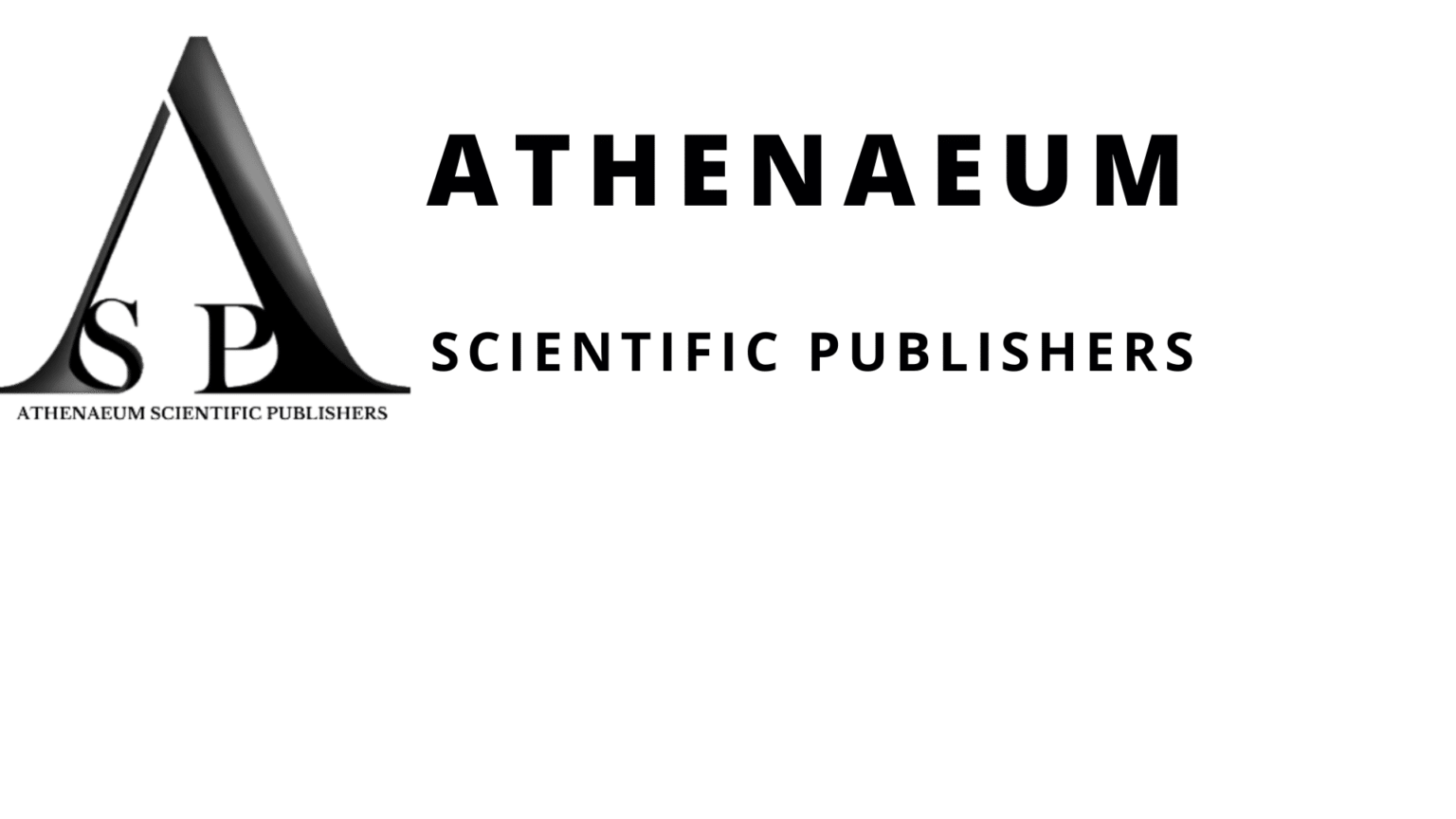Kenan Hallon1*, Subhi Mansour1, Ameer Farah1, Safi Khuri1,2
1- Department of General Surgery, Rambam Health Care Campus, Haifa, Israel
2- HPB and Surgical Oncology Unit, Rambam Health Care Campus, Haifa, Israel
*Corresponding Author: Kenan Hallon, Department of General Surgery, Rambam Health Care Campus, Haifa, Israel; Email: [email protected]
Published Date: 31-10-2020
Copyright© 2020 by Hallon K, et al. All rights reserved. This is an open access article distributed under the terms of the Creative Commons Attribution License, which permits unrestricted use, distribution, and reproduction in any medium, provided the original author and source are credited.
Abstract
Among the complications following Pancreato-Duodenectomy (PD), Post-Operative Pancreatic Fistula (POPF) is the most common complication. Different techniques and adjuncts for safer anastomosis were suggested, mainly for small caliber main pancreatic duct, none can completely eliminate the risk of leakage. Recently, we have introduced a new technique, using a Seldinger approach for small caliber main pancreatic duct. Since then, we have used this maneuver several times with encouraging results.
Keywords
Pancreato-Duodenectomy (PD); Pancreato-Enteric Anastomosis; Seldinger Technique; Post-Operative Pancreatic Fistula (POPF)
Commentary
Pancreato-Duodenectomy (PD), firstly reported by Allen Whipple in 1945, is the surgical procedure of choice for the treatment of variant diseases of the peri-ampullary region, highly selective cases of chronic pancreatitis, and for severe trauma to the pancreatic head and duodenum [1,2]. Although the mortality rates following PD have fallen to less than 1%, especially in high volume centers, morbidity rates following PD remains high, with almost 30%-40% of patients developing one or more complications [3-6]. Complications following PD include delayed gastric emptying, intra-abdominal collections, biliary anastomotic leakage, post-PD hemorrhage and Post-Operative Pancreatic Fistula (POPF), with the latter being the most common and feared, reported in about 5%-40% of patients [7]. The two main factors affecting the development of POPF are pancreatic tissue consistency, as well as the caliber of the main pancreatic duct (wirsung duct).
Pancreatico-enteric anastomosis (Pancreatic gastrostomy vs. Pancreatojejunostomy) has been regarded as the “Achilles heel” of the modern, one stage PD procedure. Although different techniques and adjuncts for safer anastomosis were suggested, such as routine use of glue, anastomosing the duct over a stent, omental wrap around the anastomosis, somatostatin analogue administration, duct to mucosa, or pancreatic gastrostomy and telescoping technique, None can completely eliminate the risk of leakage [8,9]. Nowadays, there is no universally a preferable technique for pancreaticoenterostomy, especially for the small caliber Wirsung duct. Recently, we have introduced a new surgical technique for small diameter duct-to-mucosa Pancreato-enteric anastomosis during PD [9]. This technique enables the construction of a safer duct-to-mucosa anastomosis over a stent (Fig. 1).
Since its introduction, we have used this technique during five PD procedures, of which 2 were females and 3 were males (Table 1). Average age of the patients reported was 64 years old. Pancreatic ductal adenocarcinoma was the most common primary histopathology, found in all patients. The average diameter of the main pancreatic duct was 2 mm. As our routine practice, all patients were treated with subcutaneous somatostatin analogue for 5 days post-operatively. None developed POPF (according to the International Study Group of Pancreatic Fistula- ISGPF- definition of POPF). One patient suffered superficial surgical site infection treated by drainage, and another one suffered delayed gastric emptying treated conservatively with Nasogastric tube, total parenteral nutrition and intravenous motilin agonist.

Figure 1: A description of the steps for the newly introduced Seldinger technique for pancreato-enteric anastomosis.
Other complications | POPF | Wirsung Duct Diameter | Primary Hisopathology | Gender | Age (years) |
Delayed gastric emptying | None | 2 mm | PDA | M | 70 |
None | None | 2 mm | PDA | F | 64 |
Superficial SSI | None | 3 mm | PDA | M | 60 |
None | None | 2 mm | PDA | M | 68 |
None | None | 2 mm | PDA | F | 58 |
(POPF: Post-Operative Pancreatic Fistula; PDA: Pancreatic Ductal Adenocarcinoma; SSI: Surgical Site Infection) | |||||
Table 1: Summarizes demographic characteristics, as well as complications of the treated patients.
Conclusion
As POPF being the most feared complication following PD, the newly suggested Seldinger technique enables safer duct-to-mucosa anastomosis, with encouraging initial results. Due to the small number of patients included, multi-centric high volume studies are encouraged.
Ethical Approval
This article does not contain any experimental studies with human participants or animals performed by any of the authors. Informed consent was given from involved patients to publish their cases.
References
- Scaife CL, Hewitt KC, Mone MC, Hansen HJ, Nelson ET, Mulvihill SJ. Comparison of intraoperative versus delayed enteral feeding tube placement in patients undergoing a Whipple procedure. HPB. 2014;16(1):62-9.
- Leichtle SW, Kaoutzanis C, Mouawad NJ, Welch KB, Lampman R, Hoshal VL Jr., et al. Classic whipple versus pylorus-preserving pancreaticoduodenectomy in the ACS NSQIP. JSR. 2013;183:170-6.
- Neoptolemos JP, Russell RC, Bramhall S, Theis B. Low mortality following resection for pancreatic and periampullary tumours in 1026 patients: UK survey of specialist pancreatic units. Br J Surg. 1997;84(10):1370-6.
- Shrikhande SV, Barreto SG, Somashekar BA, Suradkar K, Shetty GS, Talole S, et al. Evolution of pancreatoduodenectomy in a tertiary cancer center in India: improved results from service reconfiguration. Pancreatol. 2013;13(1):63-71.
- Bassi C, Falconi M, Salvia R, Mascetta G, Molinari E. Management of complications after pancreaticoduodenectomy in a high volume centre: results on 150 consecutive patients/with invited commentary. Dig Surg. 2001;18:453-8.
- Gouma DJ, Van Geenen RCI, van Gulik TM, de Haan RJ, de Wit LT. Rates of complications and death after pancreaticoduodenectomy: risk factors and the impact of hospital volume. Ann Surg. 2000;232:786.
- Yeo CJ, Cameron JL, Lillemoe KD, Sauter PK, Coleman JA. Does prophylactic octreotide decrease the rates of pancreatic fistula and other complications after pancreaticoduodenectomy? Results of a prospective randomized placebo-controlled trial. Ann Surg. 2000;232(3):419.
- Büchler M, Friess H, Klempa I, Hermanek P, Sulkowski U. Role of octreotide in the prevention of postoperative complications following pancreatic resection. Am J Surg. 1992;163(1):125-31.
- Khuri S, Ben-Ishay O, Mansour S, Kluger Y (2019) Seldinger Technique for Duct-To-Mucosa Pancreaticoenterostomy. Scholarly J Surg. 2019;2(1):13-5.
Article Type
Commentary
Publication History
Received Date: 05-10-2020
Accepted Date: 23-10-2020
Published Date: 31-10-2020
Copyright© 2020 by Hallon K, et al. All rights reserved. This is an open access article distributed under the terms of the Creative Commons Attribution License, which permits unrestricted use, distribution, and reproduction in any medium, provided the original author and source are credited.
Citation: Hallon K, et al. Challenging Pancreato-enteric Anastomosis during Whipple Procedure: How to overcome this Problem? J Surg Res Prac. 2020;1(2):1-4.

Figure 1: A description of the steps for the newly introduced Seldinger technique for pancreato-enteric anastomosis.
Other complications | POPF | Wirsung Duct Diameter | Primary Hisopathology | Gender | Age (years) |
Delayed gastric emptying | None | 2 mm | PDA | M | 70 |
None | None | 2 mm | PDA | F | 64 |
Superficial SSI | None | 3 mm | PDA | M | 60 |
None | None | 2 mm | PDA | M | 68 |
None | None | 2 mm | PDA | F | 58 |
(POPF: Post-Operative Pancreatic Fistula; PDA: Pancreatic Ductal Adenocarcinoma; SSI: Surgical Site Infection) | |||||
Table 1: Summarizes demographic characteristics, as well as complications of the treated patients.


